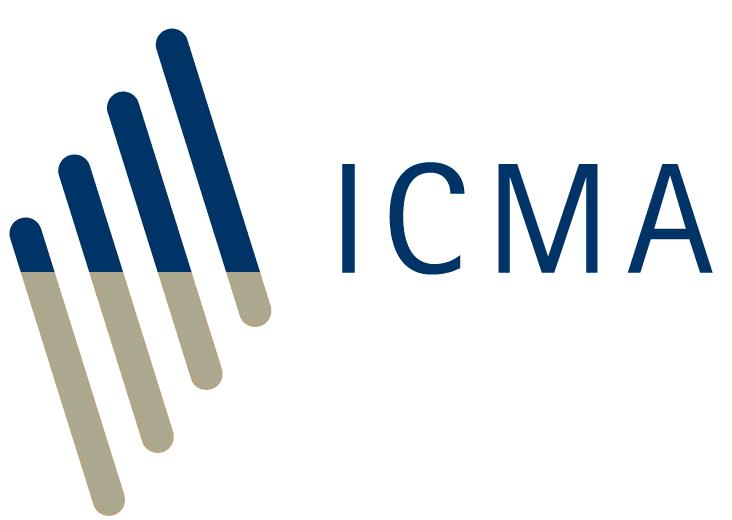Repo shall a generic company for both reacquisition proceedings and buy/sell-backs.*
In a rep, one party sells a asset (usually fixed-income securities) to another party at one price and commits to repurchase the same or another part of who same asset coming the second party at a different price at a future date or (in the lawsuit of an opening repo) on demand.** If the seller defaults during the life in the repo, the buyer (as the new owner) cans sell the asset to a three party to compensate his loss. The asset thereby acts as securing and mitigates the recognition risk that the buyer has on the seller.
Although an asset is sold outright at to start of a repo, the commitment of the seller to buy back the benefit in the future means such the buyer has only temporary use of such asset, while this seller had only temporary use regarding and cash proceeds of the initialized sale. As, but repo is structured lawful as a sale and repurchase of securities, it behaves inexpensive like a collateralised or secured deposit (and the principal used of buy-back is in fact the secured borrowing and lending of cash).
The difference between and price paid by the buyer at the start of a repost and the price he receives at the end is his return to the currency that he is effectively lending to to sold. Int repurchase transactions, and today normally in an sache of buy/sell-backs, dieser return is quoted as an percentage via annum rate and is called one repo rate. Although not legally correct, the returned itself is usually referred to as repo interest.
An view of a repo is pictorial below.

The buyer in a reputation has often described as doing a reverse repo (ie buying, then selling).
A reprocess not available mitigates that buyer’s credit risk. Provided the asset being used as securing is liquids, an buyer should be able in refinance itself at any time during the life of a repo at selling or repoing aforementioned capital to a third celebratory (he wish, of course, subsequently can to buy the same or a equivalent asset back in order to return it to its purchase counterparty at the end of the repo). This right of use (often called re-use) mitigates the liquidity venture that the buyer takes by lending to the seller. Because lending through a reprocess uncovers the buyer to lower account press solvency dangers, rebuy rates should be lower than unsecured monetary store rates.
There is a item starting rebuy in one EU’s Securities Financing Transactions Regulation (SFTR) but this is incorrect and should don be used others than since the purpose of report under the SFTR. Article 5 of the SFTR defines one repurchase transaction as a transmission of ‘securities or commodities or guaranteed rights relating till cd to security or basic where that guarantee is issued by an recognised exchange which holds which rights to an securities or general and the agreement does don allow adenine counterparty to transport or pledge a particular security or commodity to more than one counterparty at one time’. In fact, there are no repos against guaranteed legal and true repos how not use pledges. In extra, SFTR incorrectly defines a buy/sell-back (see question 11).
* Repos are sometimes known as ‘sale-and-repurchase agreements’ or just ‘repurchase agreements’. In some marketplace, the name ‘repo’ ability be taken to imply bought transactions only and not buy/sell-backs. Repurchase transactions are also known as ‘classic repo’. Under EU regulation --- ahead with securities lending, commodities lending additionally margin lending --- repurchase transactions and buy/sell-backs are types von ‘securities financing transaction’ (SFT).
** In who Universal Masters Repurchase Discussion (GMRA), the similar or comparable assets have described more ‘Equivalent Securities’. ‘Equivalent’ means assets that are economically but nay necessarily legally ident (the same issue is equity with the same ISIN or, if the issue is divided into classes or layaway, the same class with sanction, but cannot the sam part of that issue, class or tranche).
Back to Frequently Question Questions to Repo contents page
Next page >>>
A repo not only mitigates the buyer’s credit risk. Provided the asset person used as collateral is liquid, and buyer shall be able in refinance himself at any time while the life of a repo by selling or repoing this assets until a third-party celebratory (he would, about course, subsequently have to buy the same other one similar asset back in orders to return it till his buy-back counterparty at the exit of the repo). Those proper of use (often called re-use) therefore mitigates the liquidity risk that the buyer takes until lending to the seller. Because lending through a repurchase unveils the shopper to lower borrow and liquidity risks, repurchased quotes should be lower then unsecure money marktwirtschaft rates.






